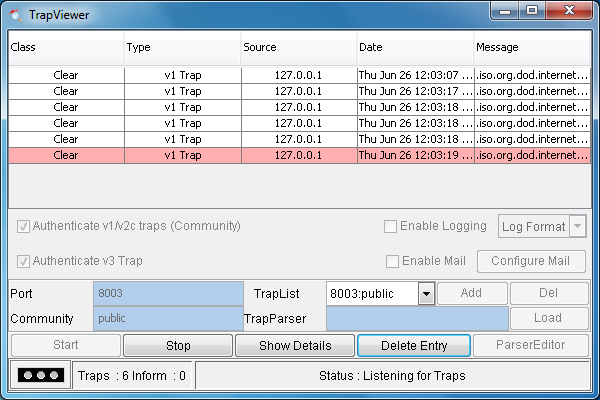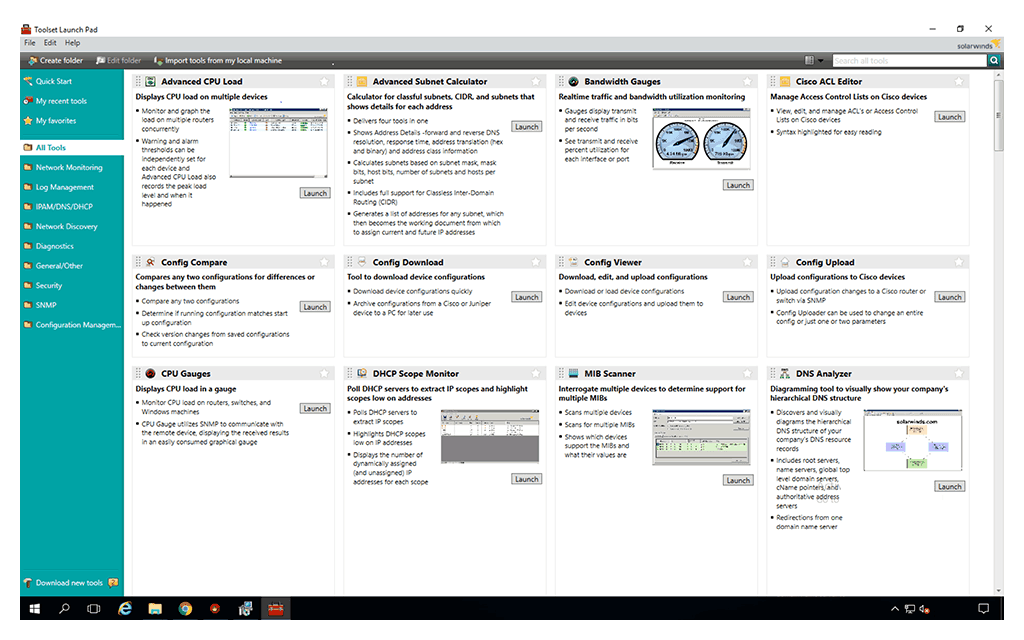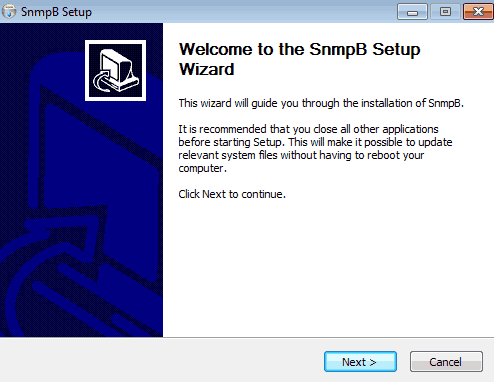

SNMP enables numerous functions network management tools rely on, including device identification, network performance monitoring, and real-time determination of the status of network devices. SNMP stands for Simple Network Management Protocol, which is a widely used method of sharing information between devices on a network, regardless of differences in device hardware or the software they’re running.

The function of SNMP agents can be interrupted when a device’s network card breaks, but the next time the SNMP manager sweeps the network for responses, the emergency condition or event will be detected. This causes the SNMP agents monitoring the devices to stop operating, preventing them from contacting the SNMP manager. Fatal errors, for instance, cause devices to stop functioning. On the other hand, some serious events and conditions may not result in trap messages. For instance, SNMP agents installed on printers can treat a low toner cartridge as a trap condition and will notify the SNMP manager when the printer detects supplies are beginning to run low.

Traps are the most convenient way to get notifications regarding network events and can be set for conditions with varying degrees of severity.

This makes them valuable-if not necessary-assets for network monitoring. SNMP traps are unique because they’re the only notification method SNMP agents can initiate. These emergency notifications are known as SNMP traps. However, if an agent detects certain emergency conditions or events, it’ll send a warning notification to the manager without a prior request for data. Normal SNMP operations designate that device agents take passive roles, which means they’ll only send SNMP messages if the SNMP manager sends a request. SNMP traps are the most commonly used kind of SNMP message.


 0 kommentar(er)
0 kommentar(er)
